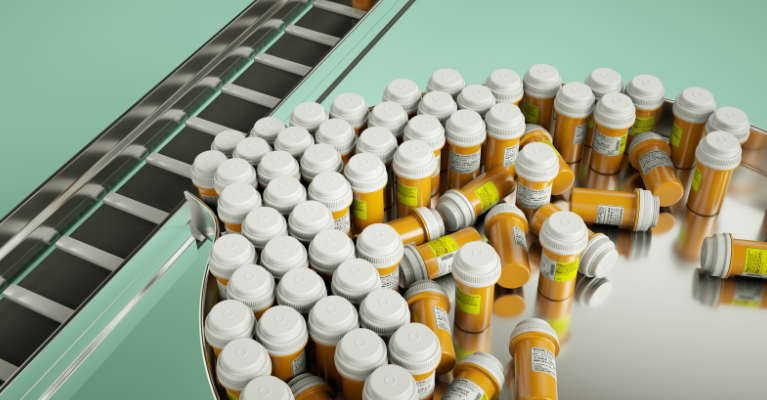Indian government to tighten up drug manufacturing standards after overseas deaths linked to local drug manufacturers
Type of article: News
MedED Catalogue Reference: MGN011
Category: News | Public Health, Pharmaceuticals
Keywords: public health, pharmaceuticals, India
Top

8 January 2024, 09:17
Contributor: Linda Ravenhill
Indian authorities have given local manufacturers just six months to upgrade their processes to align with global requirements. This comes off the back of a number of overseas deaths linked to drugs manufactured in the country. The most tragic of these occurred in 2022 when contaminated cough syrup manufactured in the country was linked to some 141 deaths worldwide.
India is the world’s drug manufacturing superpower, supplying over 20% of all generic drugs globally. The industry is currently worth a staggering $50 billion. According to Pharmaoffer.com, a pharmaceutical marketplace platform, the main reason for the exponential growth resides in the country’s ability to produce drugs at up to 50-60% less than its European or US counterparts.
Some 8,500 smaller manufacturers make up the majority of the manufacturing facilities in the country. In August 2023, the Indian health ministry reported that fewer than a quarter of these smaller manufacturers met international drug manufacturing standards set by the World Health Organization (WHO).
The six-month timeline may pose a problem for these smaller producers, and concerns are already being raised that the deadline would place them under unsustainable financial pressure.
The government, however, is adamant, stating in their official notice on the 28th of December that: “The manufacturer must assume responsibility for the quality of the pharmaceutical products to ensure that they are fit for their intended use, comply with the requirements of the license and do not place patients at risk due to inadequate safety, quality or efficacy.”
Access associated content
Formulating success: India's pharmaceutical growth story | Invest India
Whatever happened to the case of 66 child deaths linked to cough syrup from India? | NPR 
India orders new drug-making standards after overseas deaths | Arab News
Back to top
This article is compiled from various resources researched and compiled by the contributor. It is in no way presented as an original work. Every effort has been made to correctly attribute quotes and content. Where possible, all information has been independently verified. The Medical Education Network bears no responsibility for any inaccuracies which may occur from the use of third-party sources. If you have any queries regarding this article contact us
Fact-checking Policy
The Medical Education Network makes every effort to review and fact-check the articles used as source material in our summaries and original material. We have strict guidelines in relation to the publications we use as our source data, favouring peer-reviewed research wherever possible. Every effort is made to ensure that the information contained here is an accurate reflection of the original material. Should you find inaccuracies, out of date content or have any additional issues with our articles, please make use of the contact us form to notify us.


